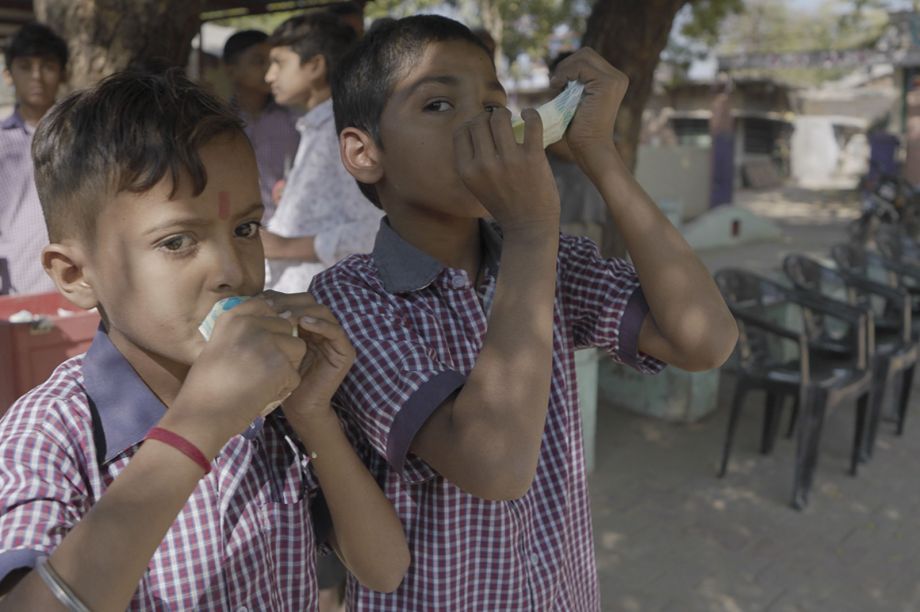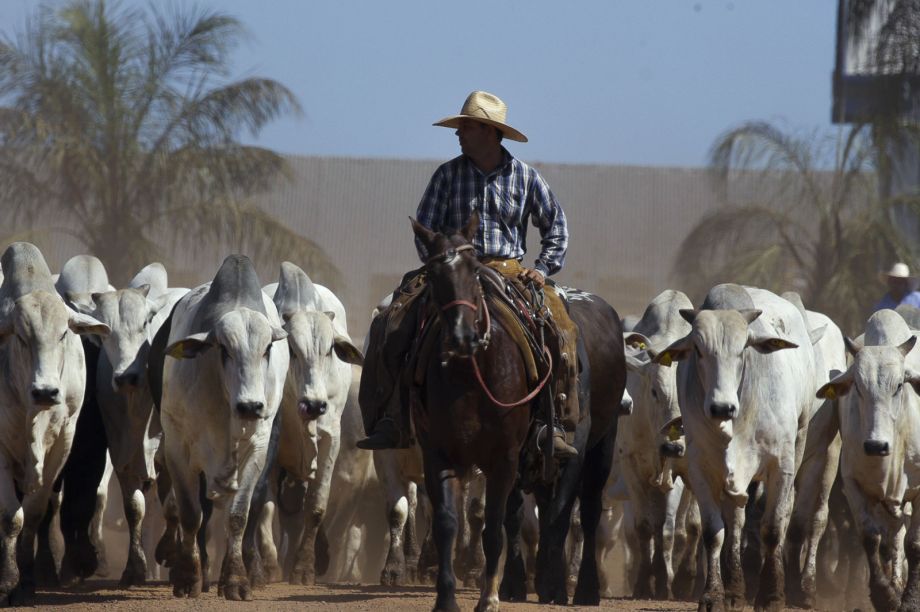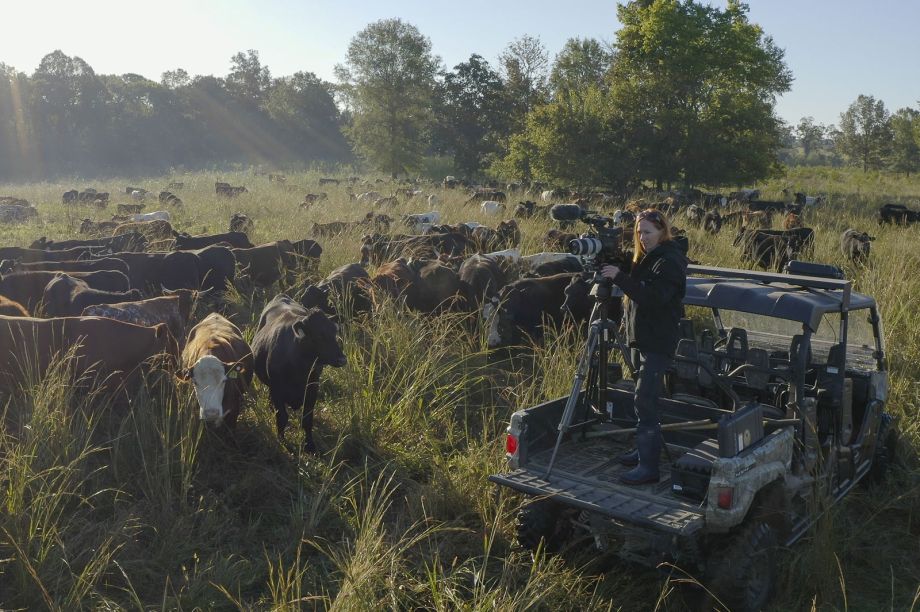'World Without Cows’ is a new documentary, commissioned by Alltech, to explore the cultural and economic significance of cows, their role in nourishing the world, and their impact on climate. Filmed in 40 global locations – from the American heartland to Kenya, India, Brazil, and beyond – by experienced journalists Michelle Michael and Brandon Whitworth, the film looks at the impact of cattle on economies, ecosystems, cultures and human nutrition, and it asks the question: ‘are we better off in a world without cows?’
“The real purpose of this from the beginning was to start a meaningful conversation,” explains Brandon. “There is such a broken narrative around agriculture and cows; we wanted to go out and find the truth and offer a balanced narrative.” They did so with full editorial control, they emphasised. “At no point did the team at Alltech look at us and say, ‘this is the story you are going to tell’,” Brandon said.
Alltech vice president of Europe, Patrick Charlton added: “Alltech sponsored this programme because we passionately felt this story needed to be told. We are not looking to dictate what people eat; we just want to give people the opportunity to make an informed decision around a complicated subject. Many conversations around this are not always science-based. And, clearly this conversation needs to exist outside of the industry; often the consumer is so far removed from the farm. Farming is one of the oldest professions in the world and the idea of ‘land guardianship’ is nothing new.”
Impact and efficiencies
Brandon explains that, when it comes to cows and their impact, one in 10 people rely on cattle for their livelihoods: that’s 800 million people. “In Kenya, for instance, we saw first-hand what that means. In Africa, a cow is a lifeline. It allows children to go to school and women to open a bank account. We talked to a university professor there and he noted that if you move a cow from a family, it kills the family.”
But what of the more intense farming production systems in other countries? Patrick said: “In large feedlots in Kansas, for instance, you get efficiencies of production. A cow providing eight litres in Africa produces the same methane as a cow producing 30 litres in Europe.”
Michelle highlighted a comment in the documentary from Frank Mitloehner, a professor and air-quality specialist who leads The CLEAR Center at the University of California, Davis. “Frank says that a large farm is not a bad farm simply because it is large; a farm that is badly run is a bad farm.” Regarding global land availability, greenhouse gas (GHG) emissions and the impact of cattle on climate, Frank also adds, in the film: “I'm not a person telling you livestock has no impact, or that it’s a tiny impact. Like every part of society, animal agriculture needs to do its part and help reduce the impact on climate. We can and we should do that. But we should not make up stories of these animals being responsible for the majority of emissions. They’re not responsible for the majority of emissions.”
Feeding a growing population
Feeding a growing population is a theme that runs throughout the documentary. “By 2050 there will be 10 billion people on the planet,” said Michelle. “What does that mean? Well, Jack Bobo, a food futurist and director of the Food Systems Institute at the University of Nottingham, notes that in the next 30 to 40 years we need produce as much food as we produced in last 10,000 years of human history. That is an incredible statistic. And that brings us into a popular narrative: can we look at replacing the space cows take up with crops? We visited Rothamsted Research institute in England where they are running this experiment, taking grassland and converting it into arable land for crops, while examining environmental impacts, soil run-off and the effects of water supply. After years of trials they have managed to grow a wheat crop, but it shows it is not as simple as getting rid of cows and replacing them with crops.” On the issue of land availability, Brandon said: “It is physically impossible to grow enough crops to sustain us.”







